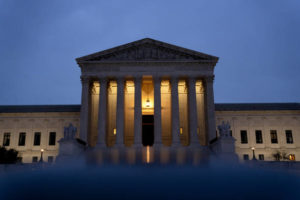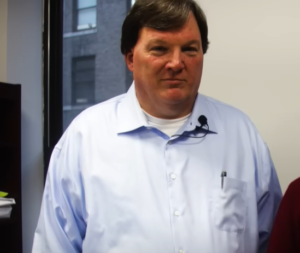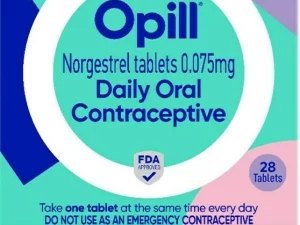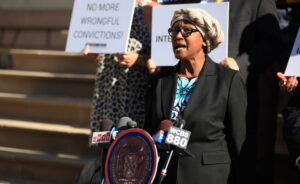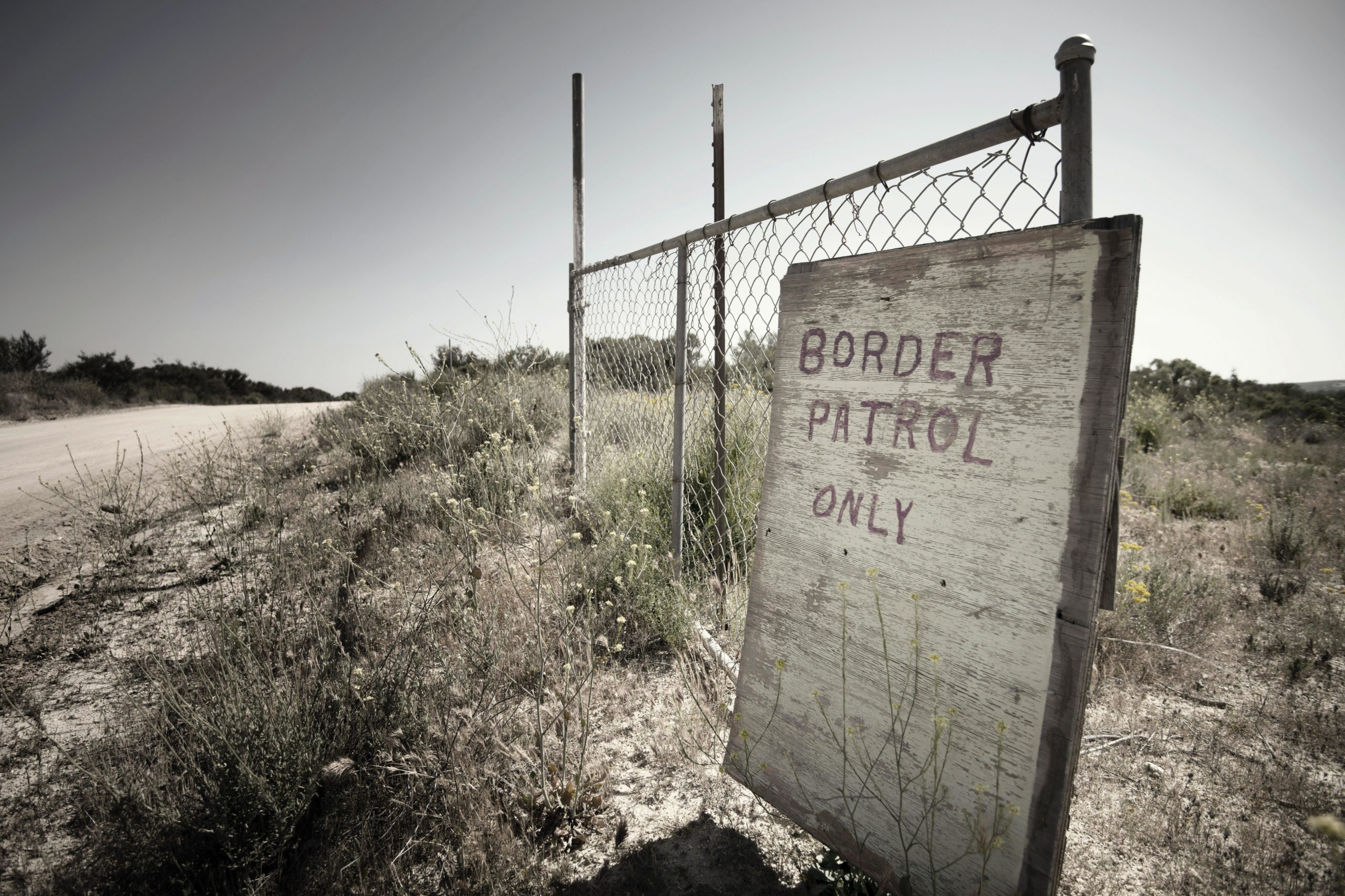
Washington, D.C. – The day before Halloween, Stephen Miller painted a scary immigration picture for U.S.-bound immigrants. Miller, the president’s campaign and senior advisor, plans a draconian immigration policy if Trump wins on Election Day. Second-year plans call for a “policy of family unity” — as long as families are locked up in detention centers. Additionally, why doesn’t the New Trump agenda mention reuniting hundreds of immigrant children with their parents?
Miller spelled out four key points on the upcoming policy in a phoner with NBC News. The priorities are:
- reducing the number of asylum grants.
- doling out punitive measures to sanctuary cities.
- reinforcing the administration’s “travel ban” by installing more hurdles for visa applicants.
- increasing work visa limitations.
There’s also talk of cost-sharing the “burden” of inbound U.S. refugees with their home countries in Latin America. But, there’s still been no specific plan for reuniting the 545 currently detained children with their parents.
During two debates and one town hall, President Trump never really addressed his actual plan for reuniting these children. In his final debate with Joe Biden, Trump did say he was “working very hard” on the problem. He followed up with “But a lot of these kids come out without their parents. They come over through cartels and through coyotes and through gangs.”
In fact, Lee Gelernt, Deputy Director of the ACLU’s Immigrants’ Rights Project told NBC News, “There have never been serious, specific offers (by the government) to help in concrete ways in the past.” To date, there are no specifics on any new Trump administration plan. By 2021, many of those children will not have seen their parents for four terror-filled years.
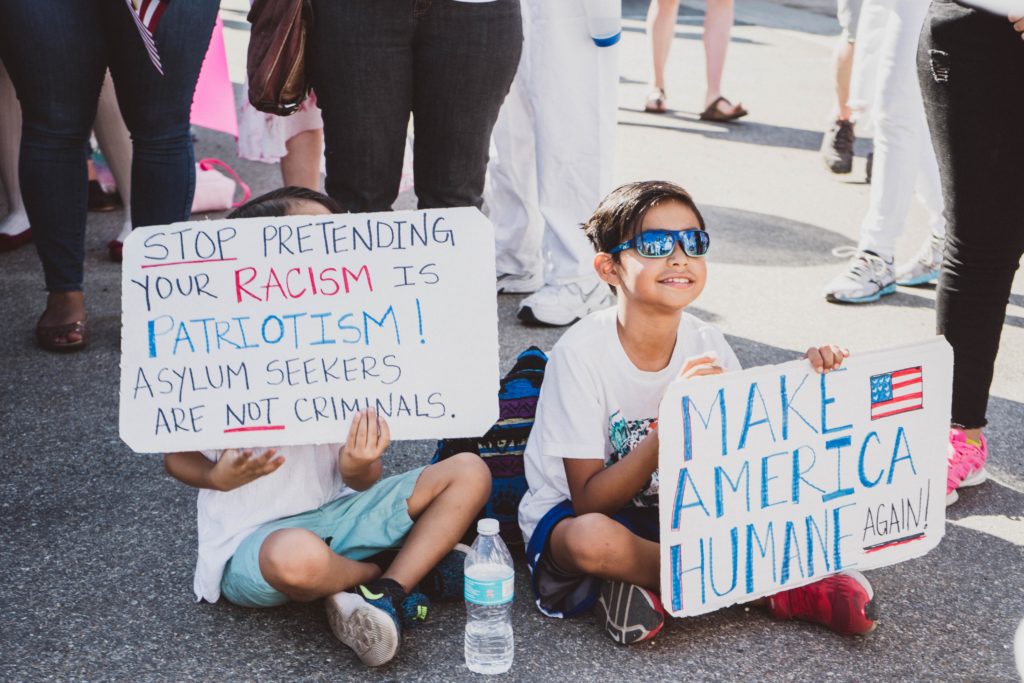
In its zeal to reduce the flow of immigrants, it appears the Trump administration never had a family reunification plan. The grab-and-go border policy concerning children was limited. It did not include a detailed way to pair a child’s identifying personal information with that of their parents.
As far back as 2017, the Trump administration launched a program to separate children from their parents in El Paso, Texas. According to court documents, the six months-long program separated 1,100 children from their parents.
The ACLU reports that the government estimates that 2,654 children were separated. This leaves hundreds of children, many under 14 years of age, not knowing if their parents have already been deported. If deported, the ACLU, which has been tracking the lost parents, is facing obstacles in locating them.
Additionally, the pandemic and civil disorder in many of the home countries of immigrant children are hampering the ACLU’s efforts. Something as simple as a disconnected phone number might mean that a child may never again see their parents.
In 2017, the ACLU took the Trump administration to court over its mishandling of the children at the border. In a report from 2018, the ACLU acknowledges the efforts that the government made to locate the missing parents. But the report also noted, “we also have some concerns about how comprehensive and accurate [the data] is.” Also in 2018, Judge Dana Sabrow, a federal judge based in San Diego, issued a temporary injunction against the family separations.
2019 became a pivotal year as the numbers of family separations escalated. Judge Sabrow then ordered the Trump administration to reunite the children. As with congressional subpoenas and Hatch Act violations, the Trump administration has not yet fully complied with the judge’s order.
Commander Jonathan White, U.S. Dept. of Health and Human Services, was tasked with identifying the children. He was ordered to provide a breakdown for Judge Sabrow on October 25, 2019.
At the time, Judge Sabrow said, “I ask that you do as you say to get this done right as quickly as humanly possible.” Additionally, the Trump administration was to provide progress reports on identifying all the children every three months. This data was not regularly provided to the court.
In February of 2019, White testified in front of the House Energy and Subcommittee panel saying, “I do not believe that separation of children from their parents is in the best interest of the child, but I did not participate in the discussions regarding the policy.”
As the issue of tracking down lost parents remains unresolved, this creates new trauma for the detained children. At a young age, many children suffered devastating experiences in their home countries. In February of this year, Physicians for Human Rights, a non-profit organization based in the United States, issued a searing report. In it, the organization wrote, “U.S. officials intentionally carried out actions causing severe pain and suffering, in order to punish, coerce, and intimidate Central American asylum seekers to give up their asylum claims.”
How will the next president reunite detained immigrant children with their parents? Moreover, what steps, if any, will the administration take to compensate families for the emotional toll on their children?
Thumbnail Credit: Greg Bulla/Unsplash
I love telling, reading, and writing stories. I freelance as a writer, editor, and all-around trouble-maker. I live in Atlanta with my dogs, Jaco, and Trane.
